TL;DR / Key Takeaways
- Most washers draw ~400–1,400 watts while running; brief start surges can be higher.
- Actual energy per load depends far more on water heating, cycle length, and spin speed than on nameplate watts.
- Efficient machines and cold-water cycles cut energy use; ENERGY STAR models use ~20% less energy than standard units.
- For backup power, size your portable power station for both the washer's running watts and short start surge.
Introduction: Watts vs. kWh—what actually matters
"How many watts does a washing machine use?" is a great starting point, but your utility bill is based on kilowatt-hours (kWh). Watts tell you instantaneous draw; kWh captures watts × time. A washer that draws 800 W for 45 minutes uses about 0.6 kWh for the motor/spin portion—yet the biggest variable is often hot water. If your washer heats its own water electrically, energy can climb fast; if it uses household hot water (from a gas or electric water heater), the washer's electrical use can be relatively modest while the water heater bears the load.
Typical wattage ranges by washer type & cycle stage
Real-world power draw varies by machine design (front-load vs. top-load), drum size, controls, and features (internal water heater, high-speed spin). As a planning range:
- Running watts (motor/agitation/spin): ~400–800 W typical; up to ~1,400 W for larger loads and fast spin.
- Start/surge watts: brief spikes often 1,000–1,500 W; design-dependent.
- Internal water heating (if present): can draw ~1,500–2,000+ W but usually for short intervals.
Because cycles include fill, wash/agitate, rinse, and spin—each with different loads—instantaneous watts fluctuate throughout a run. That's why estimating kWh per load (next section) is more reliable than quoting a single "watt" number.
How to calculate your washer's energy cost per load
Step 1: Get an average wattage (or measure it)
Check the spec label for volts and amps, then multiply (V × A) to estimate watts. For better accuracy, use a plug-in energy meter to read real-time watts and total kWh for a cycle.
Step 2: Convert cycle time into kWh
Energy (kWh) = (Average watts × hours) ÷ 1,000. For example, 800 W for 0.75 h ≈ 0.6 kWh for the motor/spin portion.
Step 3: Include water-heating effects
If the washer heats water internally, add that segment's energy. If your washer draws hot water from a separate heater, the washer's electrical kWh stays lower, but whole-home energy still rises due to hot water production. Cold-water cycles can significantly cut energy use.
Step 4: Estimate cost
Multiply kWh per load by your local electricity rate. As a quick benchmark, a ~900 W washer run daily is roughly 327.6 kWh/year; three times per week is ~140.4 kWh/year (motor/electric portion). Actual totals vary with cycle and water temperature.
Real-world scenarios: apartments, family homes, off-grid/backup
Small apartment (1–2 people)
Two to three loads weekly, mostly cold water, light/normal cycles. Expect ~0.3–0.7 kWh per load for the electrical portion of washing plus any hot-water energy if used. Cold-only cycles keep electrical use low and reduce hot-water demand.
Family household (3–5 people)
Four to seven loads weekly; mixed temperatures. Electrical use typically ~0.4–1.0 kWh per load depending on cycle and spin. Hot or warm cycles shift a large share of total energy to water heating—one reason cold-wash guidance is widely recommended.
Off-grid / outage backup with a portable power station
Plan for ~400–1,400 W running draw with a short surge. If your washer heats water internally, consider cold-wash to reduce peak load. A power station should exceed both the running watts and surge requirement, and have enough capacity (Wh) to cover total kWh for a cycle, plus inverter losses (typically 10–15%).
Efficiency ratings that influence watts and kWh
Two key frameworks affect real-world energy:
- ENERGY STAR: Certified clothes washers use about 20% less energy and ~30% less water than non-certified models; the program's product finder lists annual kWh for specific models under standardized test procedures.
- Hot-water use: Because washing machines often use heated water, water-efficiency steps (full loads; cold cycles) also reduce energy consumption and emissions across the system.
Reference tables: watts, kWh per load, and monthly estimates
Typical running watts by cycle stage
| Cycle Stage | Approx. Watts | Notes |
|---|---|---|
| Agitate/Wash | 200–600 W | Motor only; water temp set elsewhere |
| Spin (standard) | 400–800 W | Higher for large loads/high RPM |
| Spin (fast) | 800–1,400 W | Short peaks; watch inverter sizing |
| Internal Water Heating (if present) | 1,500–2,000+ W | Intermittent; biggest swing in total kWh |
Sources for typical ranges: energy metering guidance and industry estimates; see EnergySage for annualized use examples. :contentReference[oaicite:16]{index=16}
Illustrative kWh per load (electrical portion only)
| Cycle Type | Assumed Avg. Watts | Duration | kWh per Load |
|---|---|---|---|
| Quick, cold | 500 W | 0.5 h | 0.25 kWh |
| Normal, cold | 700 W | 0.75 h | 0.53 kWh |
| Heavy, warm | 900 W | 1.0 h | 0.90 kWh |
| Sanitize (with internal heater) | 1,800 W (avg incl. heat segment) | 1.25 h | 2.25 kWh |
These are planning figures; your meter may read lower or higher. Hot-water energy from a separate water heater is not included here.
Monthly electricity estimates (washer only, not including water heating)
| Loads/Week | Assumed kWh/Load | Monthly kWh | Monthly Cost @ $0.15/kWh |
|---|---|---|---|
| 3 | 0.45 | ~5.4 | $0.81 |
| 5 | 0.60 | ~13.0 | $1.95 |
| 7 | 0.70 | ~21.2 | $3.18 |
EnergySage's examples (daily vs. 3×/week) fall in a similar annual range for the electrical portion.
Using OUPES portable power for laundry during outages
If you need to run a washer during a blackout or at an off-grid cabin, a portable power station can cover the load when sized correctly. Plan for:
- Inverter output: Target ≥1,000–1,500 W continuous with higher surge handling for startup.
- Capacity: For a ~0.6–1.0 kWh cold-wash load, choose ≥1,200 Wh to allow inverter losses and margin.
- Charging: Recharge from the grid, vehicle, or solar panels between loads.
Within the OUPES lineup, mid-range units like Exodus 1200 (992 Wh, 1200W AC output) or Exodus 1500 (1488 Wh, 1500W output with 1700W boost) can handle many cold-wash cycles; for heavier or multiple back-to-back loads, step up to Exodus 2400 (2232 Wh, 2400W with 2600W boost) or the Mega Series (e.g., Mega2 2048 Wh, 2500W; expandable). Match capacity to your cycle's kWh and surge needs.
| OUPES Model | Battery (Wh) | AC Output | Notes for Washer Use |
|---|---|---|---|
| Exodus 1200 | 992 Wh | 1200W | Good for single cold-wash loads (~0.5–0.9 kWh) |
| Exodus 1500 | 1488 Wh | 1500W (1700W Boost) | Extra surge headroom; 1–2 cold loads per charge |
| Exodus 2400 | 2232 Wh | 2400W (2600W Boost) | Multiple loads; supports higher-draw spin cycles |
| Mega2 | 2048 Wh (expandable) | 2500W | Expandable for families; robust surge capability |
Specs summarized from the OUPES Exodus and Mega series you provided.
FAQ
How many watts does a typical washing machine use?
About 400–1,400 W while running; brief starting surges can exceed 1,000 W depending on design and load.
Which uses more energy: the washer or the water heater?
Often the water heater. Cold-wash cycles reduce total energy significantly and are widely recommended to save energy.
What's a quick way to estimate my cost per load?
Measure kWh with a plug-in meter or use: kWh = (watts × hours)/1,000. Multiply by your $/kWh rate.
Do ENERGY STAR washers really save energy?
Yes—roughly 20% less energy and ~30% less water than standard models under test procedures.
Can a portable power station run my washer?
Yes, if it meets the washer's continuous watts, start surge, and has enough Wh capacity for the full cycle.
How many kWh per year does a washer use?
Varies widely with usage. A rule-of-thumb example: ~140 kWh/year at three runs per week with a ~900 W unit (electric portion).
What single change saves the most energy?
Switching to cold-water cycles when appropriate and running full loads—both cut energy and water simultaneously.
Conclusion
Washing machines typically draw hundreds—not thousands—of watts during most of a cycle, with brief higher spikes. Your total energy per load hinges on cycle time and water temperature. Track your kWh with a plug-in meter, lean on cold cycles when possible, and consider an efficient machine to lower long-term costs. For resiliency during outages, match an OUPES portable power station to your washer's continuous and surge needs, and size Wh capacity to your preferred cycle.

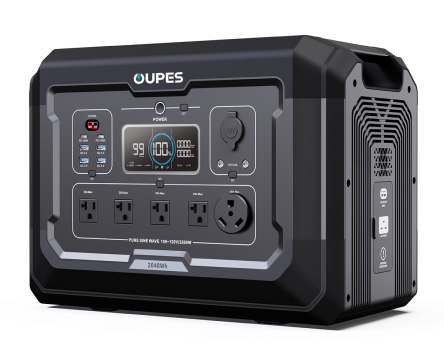
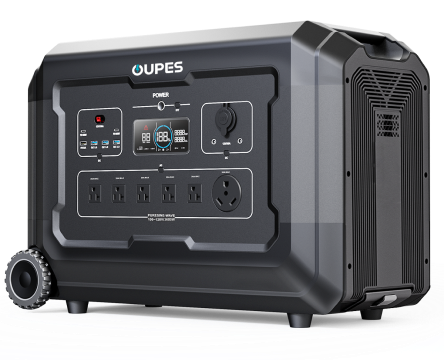
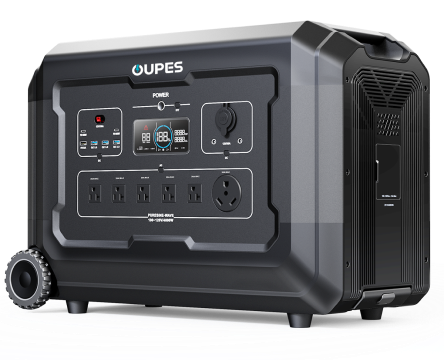
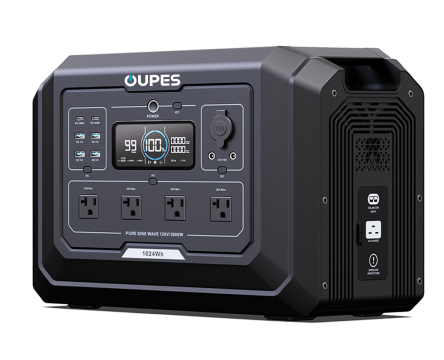
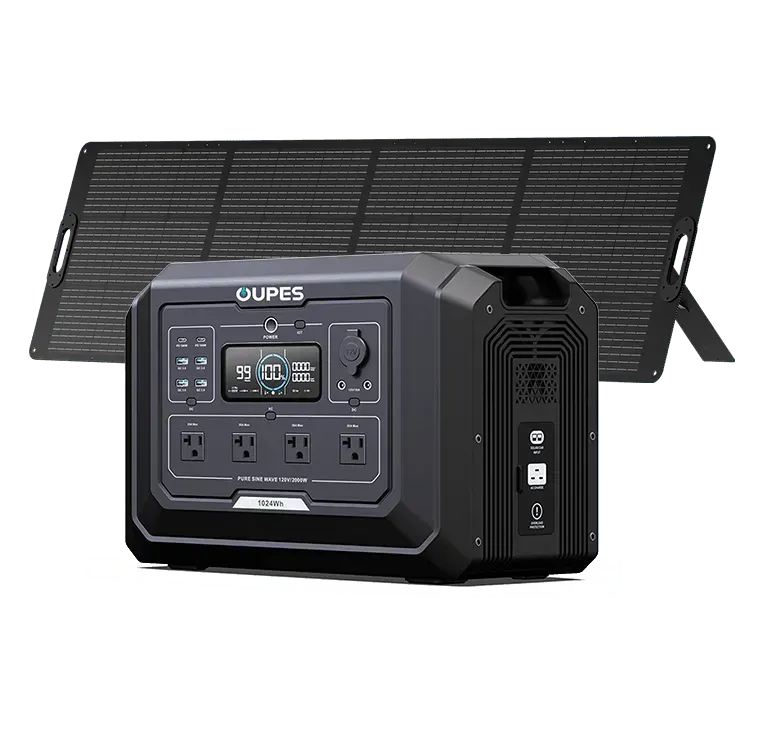
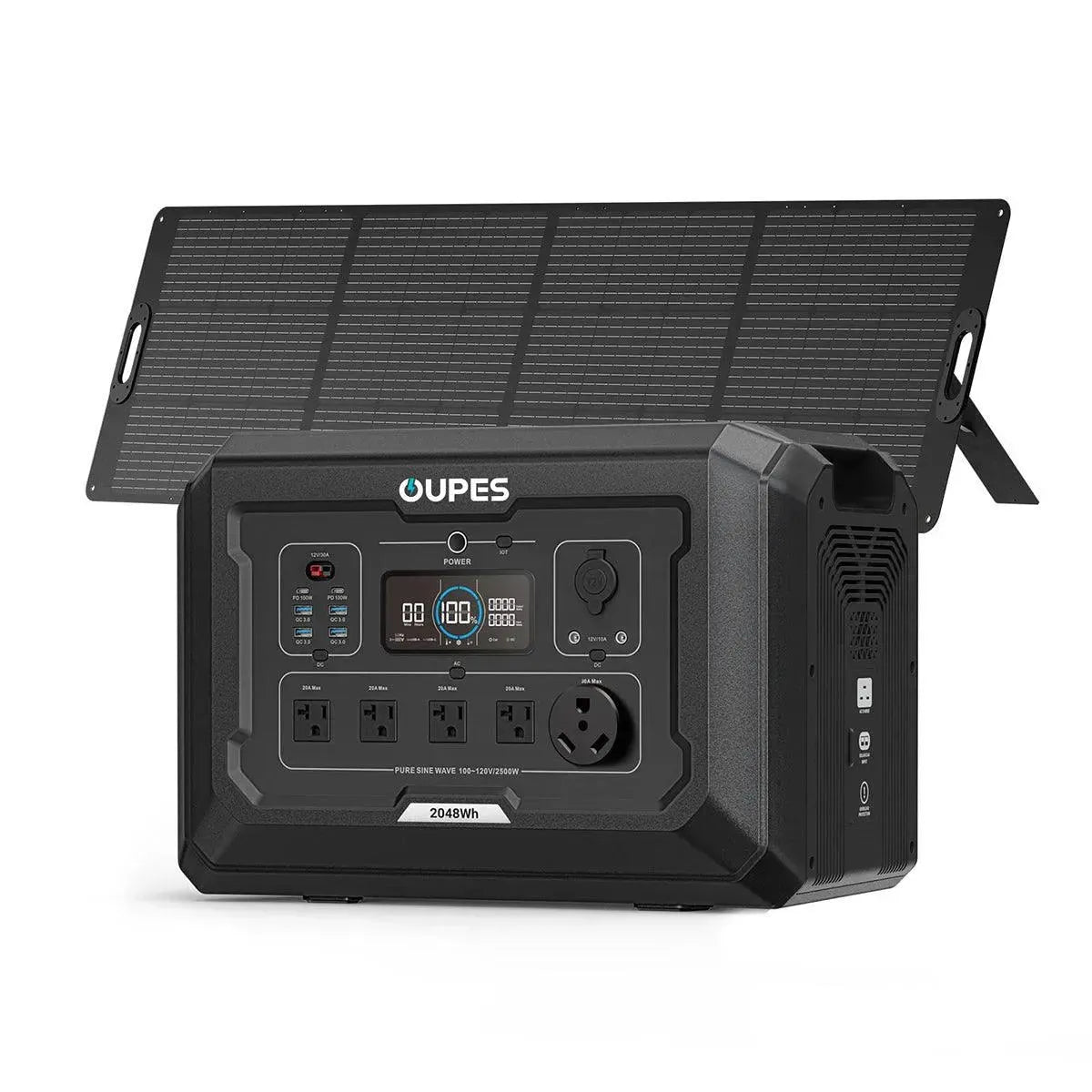
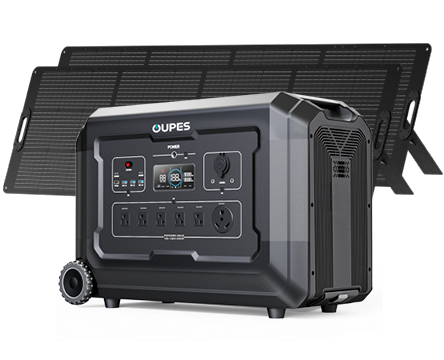
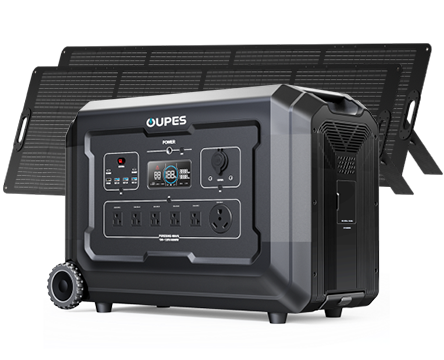
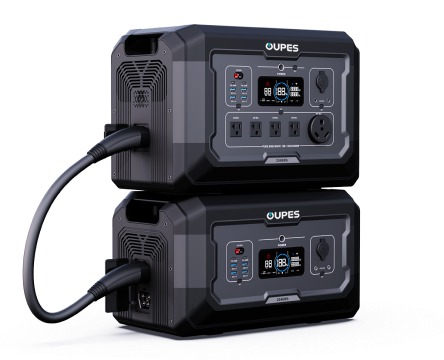
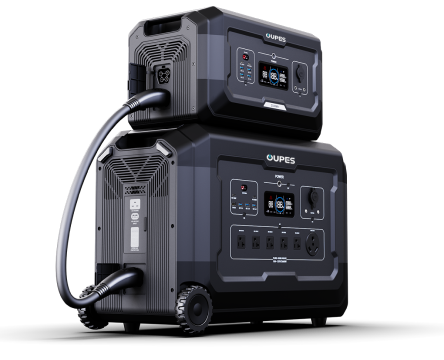
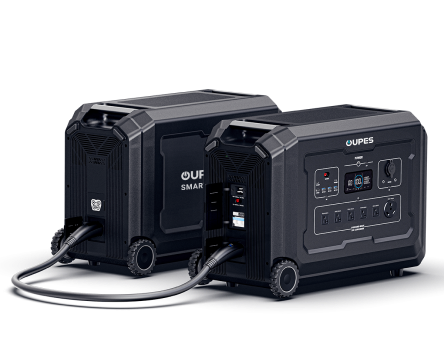
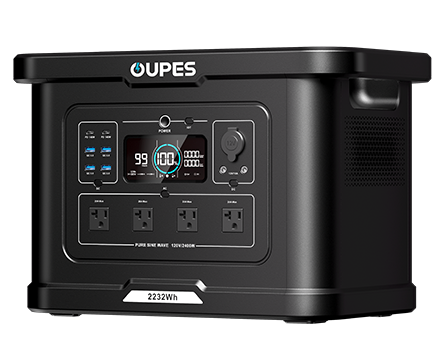
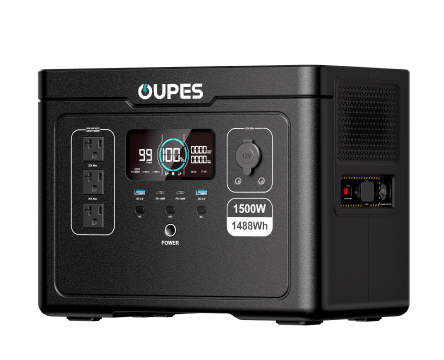
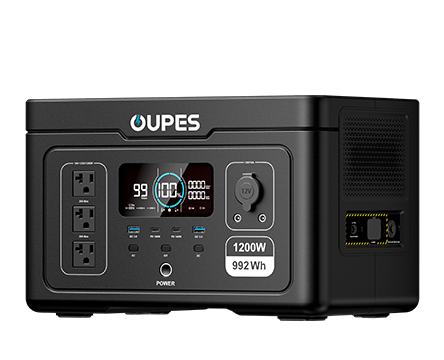
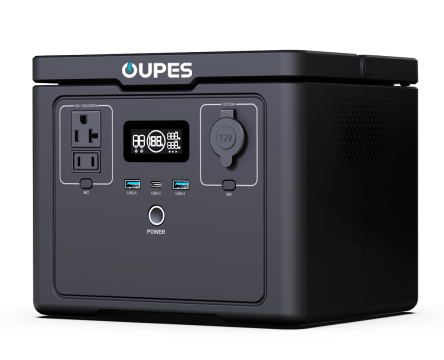
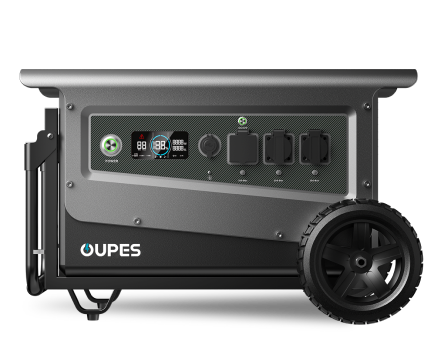
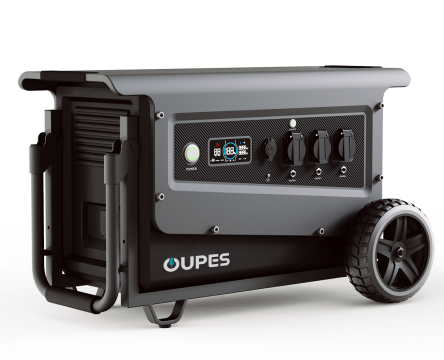
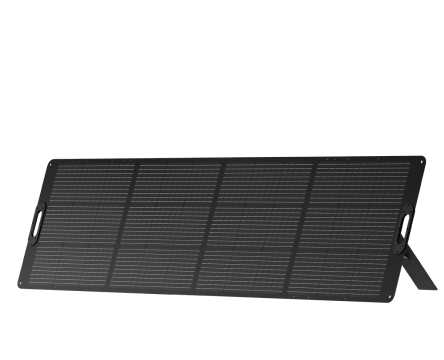
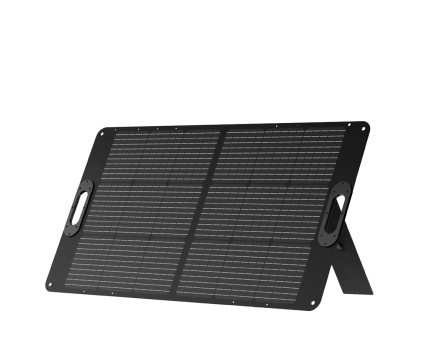
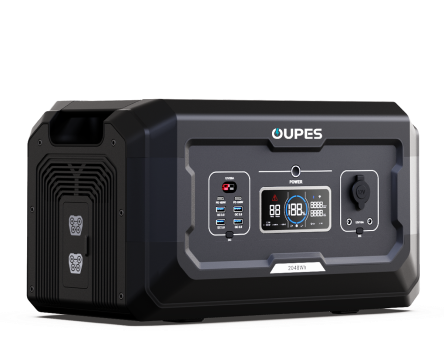
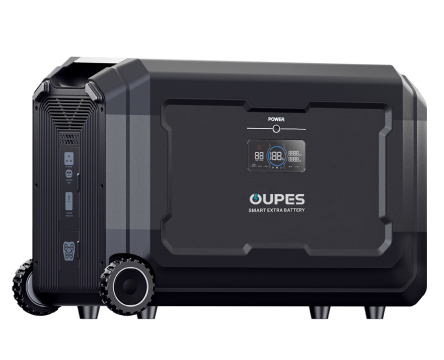
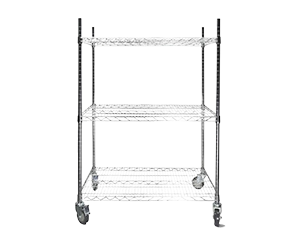
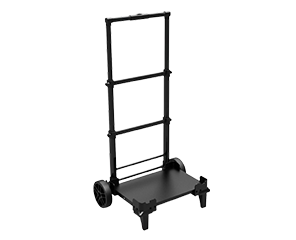
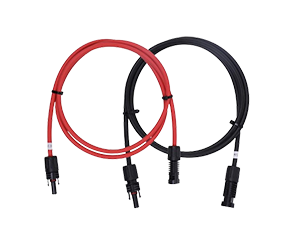
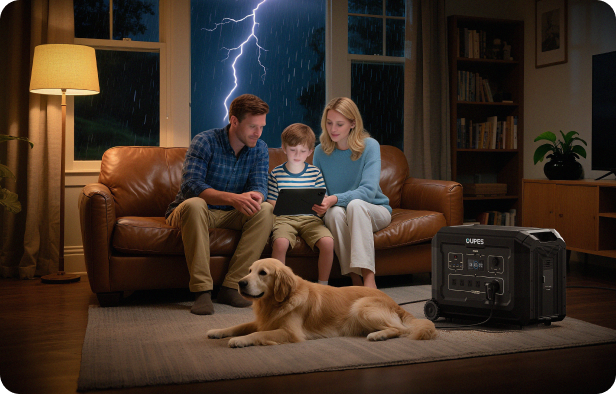
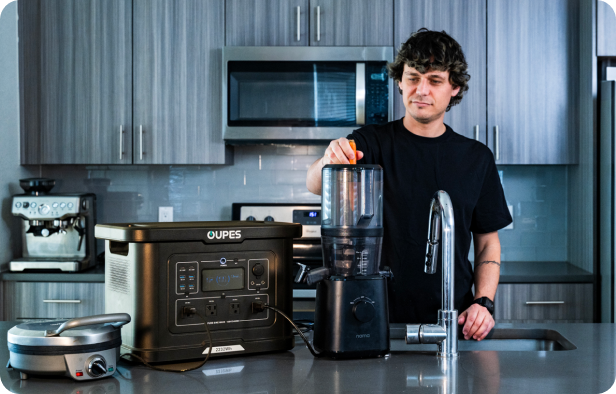
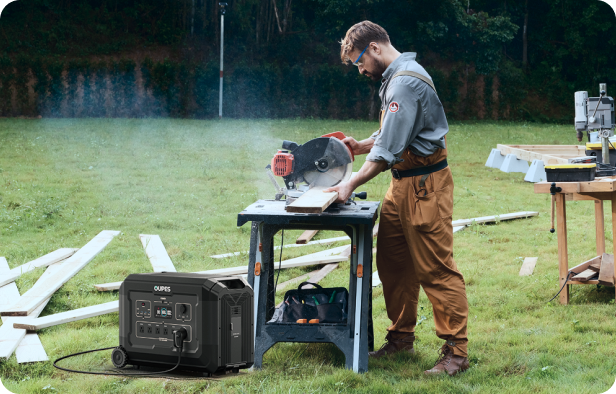
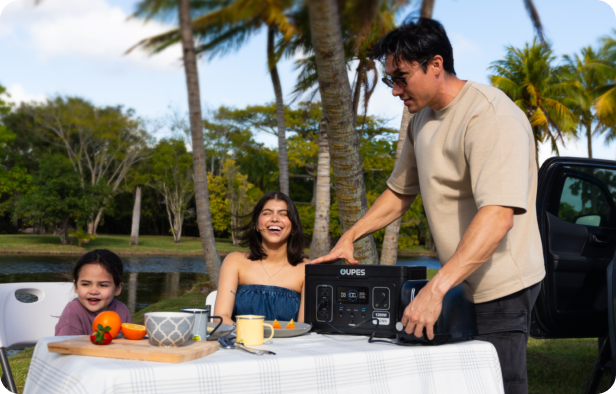
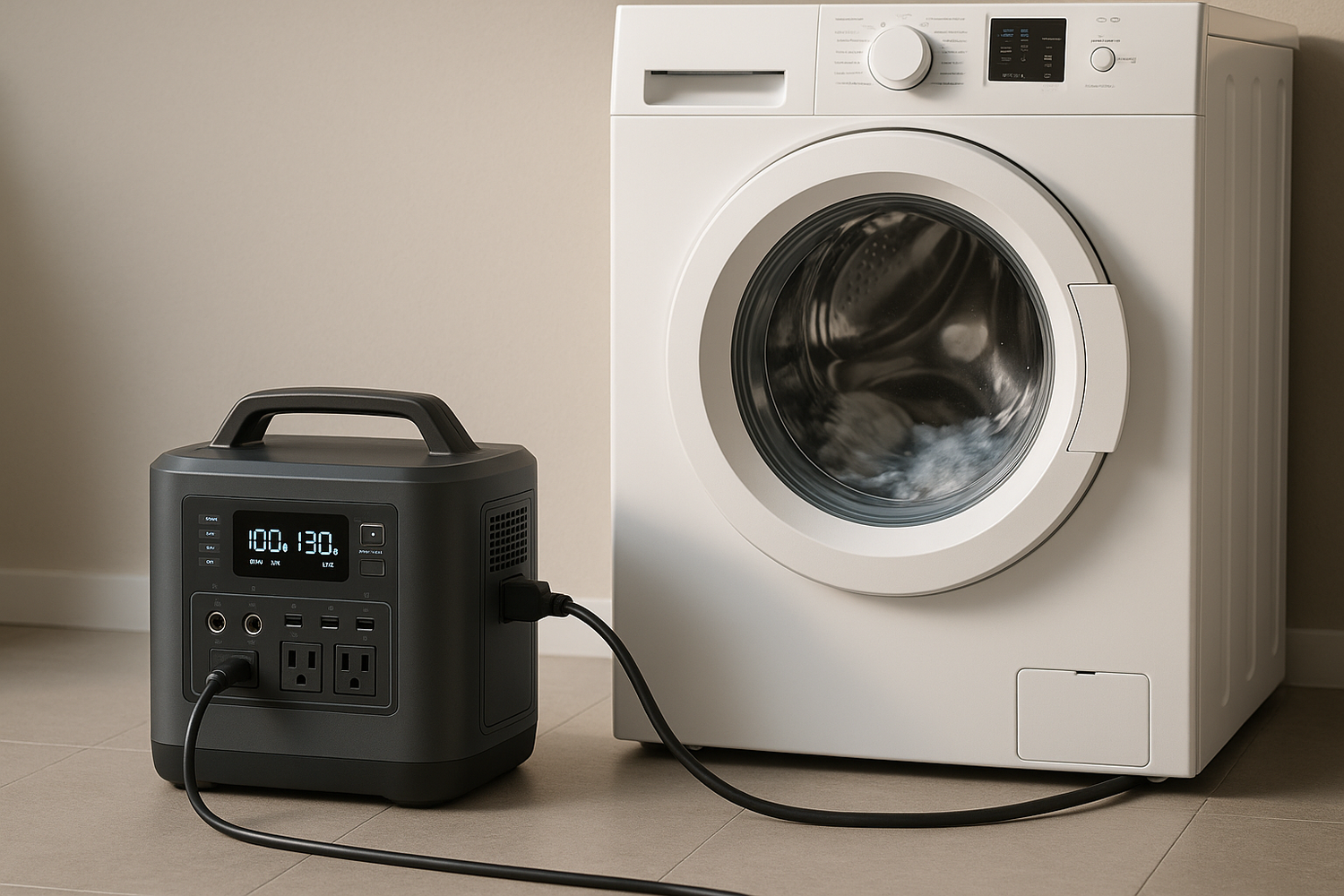



Leave a comment
This site is protected by hCaptcha and the hCaptcha Privacy Policy and Terms of Service apply.